In the heart of Danish culinary tradition lies smørrebrød, the iconic open-faced sandwich that has become a symbol of the country’s rich gastronomic heritage. Far more than just a meal, smørrebrød is an art form, a canvas where flavors, textures, and colors come together in perfect harmony. The dish’s origins date back to the 19th century when Danish workers needed a practical yet satisfying lunch. Over time, it evolved from humble beginnings into an elaborate culinary tradition, celebrated for its meticulous preparation and stunning presentation.
The foundation of smørrebrød is a slice of dense, dark rye bread known as rugbrød. Unlike the fluffy white bread commonly used in sandwiches, rugbrød provides a sturdy base capable of supporting an array of toppings without becoming soggy. Its slightly sour, earthy flavor complements both rich and delicate ingredients, making it the ideal starting point for crafting these edible masterpieces. The bread is typically buttered generously, a step so crucial that the dish itself is named after it—smør meaning butter and brød meaning bread.
What truly sets smørrebrød apart is its meticulous arrangement. Each topping is carefully selected and placed to create a visually striking and balanced composition. Traditional versions often feature ingredients like pickled herring, smoked salmon, or roast beef, accompanied by garnishes such as fresh dill, crispy onions, or tangy remoulade. The interplay of flavors—salty, sweet, sour, and umami—is deliberate, ensuring every bite is a symphony of taste. Modern interpretations have expanded the repertoire, incorporating everything from avocado to fried eggs, yet the essence of thoughtful pairing remains unchanged.
Presentation is paramount in smørrebrød culture. The Danes take great pride in arranging their open-faced sandwiches with an almost artistic precision. A well-composed smørrebrød is not just eaten; it is admired. The colors must be vibrant, the textures varied, and the proportions perfect. A slice of pink pickled herring might be crowned with a dollop of creamy sauce and a sprig of dill, while a piece of roast beef could be adorned with crispy fried onions and a smear of horseradish. The result is a feast for the eyes as much as for the palate.
Seasonality plays a significant role in the smørrebrød tradition. In Denmark, where the climate shifts dramatically between seasons, the toppings often reflect what is fresh and available. Spring might bring an abundance of asparagus and radishes, while autumn sees the inclusion of mushrooms and game meats. This connection to the natural rhythm of the year ensures that smørrebrød remains a dynamic and ever-evolving dish, rooted in local produce and culinary customs.
No discussion of smørrebrød would be complete without mentioning its social significance. In Denmark, these open-faced sandwiches are more than just food—they are a way of life. Families gather around the table to share platters of smørrebrød during festive occasions, and cafes across the country serve them as a lunchtime staple. The act of assembling and enjoying smørrebrød is a communal experience, a reminder of the Danish values of hygge—coziness and togetherness.
For those looking to recreate smørrebrød at home, the key lies in balance and attention to detail. Start with high-quality rye bread and good butter, then layer on toppings with care. Contrast is essential: pair rich, fatty ingredients like smoked salmon with something acidic, such as pickled cucumbers or capers. Fresh herbs add brightness, while a sprinkle of coarse salt can elevate the flavors. The goal is to create a sandwich that is as beautiful as it is delicious.
In recent years, smørrebrød has gained international acclaim, appearing on menus from New York to Tokyo. Yet, no matter where it is served, the spirit of the dish remains tied to its Danish roots. It is a celebration of simplicity and craftsmanship, a testament to the idea that great food need not be complicated. Whether enjoyed in a Copenhagen café or homemade with love, smørrebrød is a culinary tradition that continues to captivate and inspire.
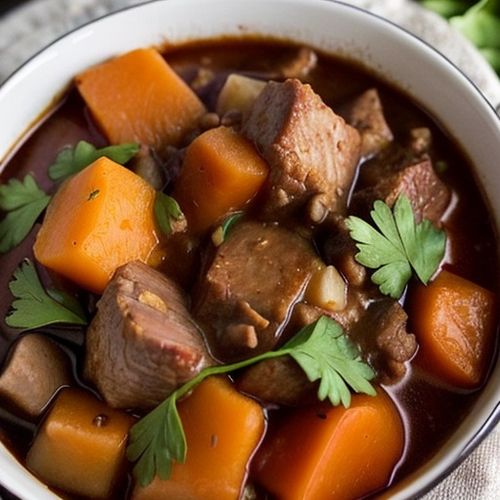
By Emily Johnson/May 10, 2025
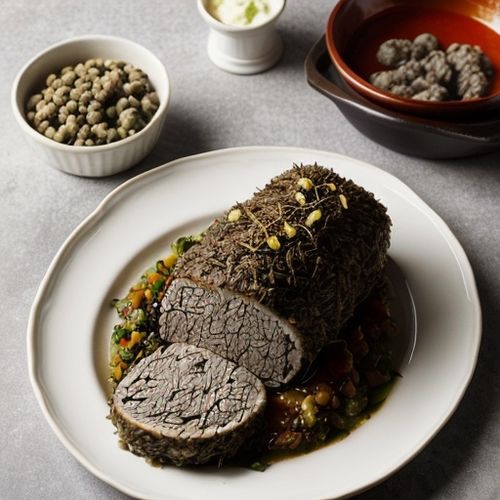
By Megan Clark/May 10, 2025

By Elizabeth Taylor/May 10, 2025

By William Miller/May 10, 2025

By Natalie Campbell/May 10, 2025
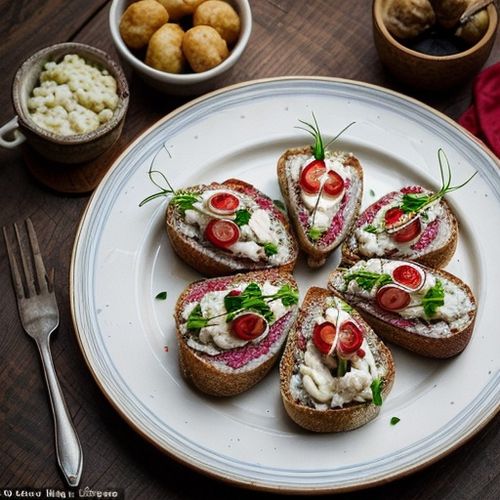
By Joshua Howard/May 10, 2025
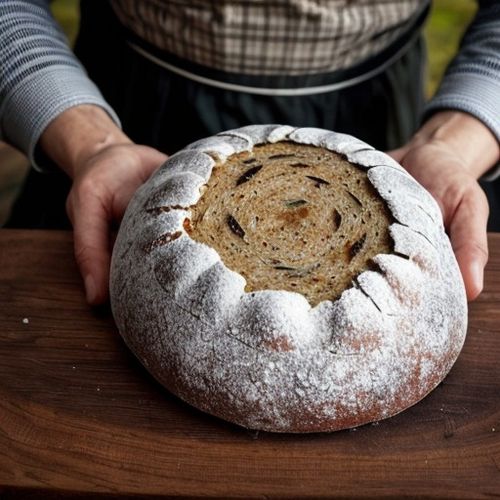
By James Moore/May 10, 2025
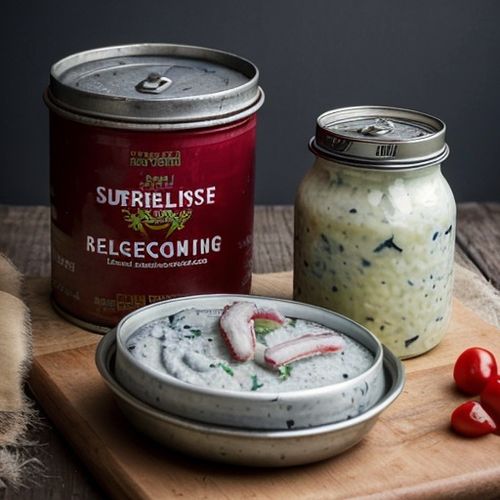
By Ryan Martin/May 10, 2025

By Victoria Gonzalez/May 10, 2025
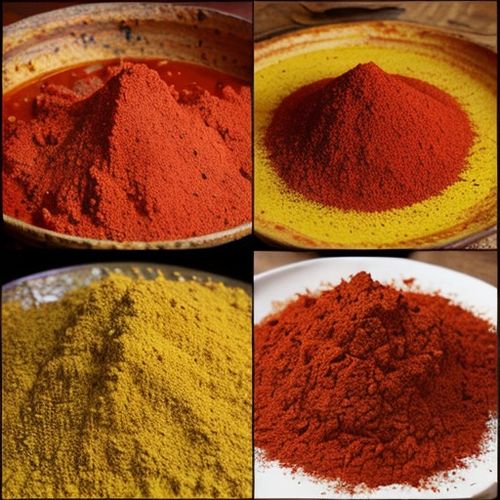
By John Smith/May 10, 2025
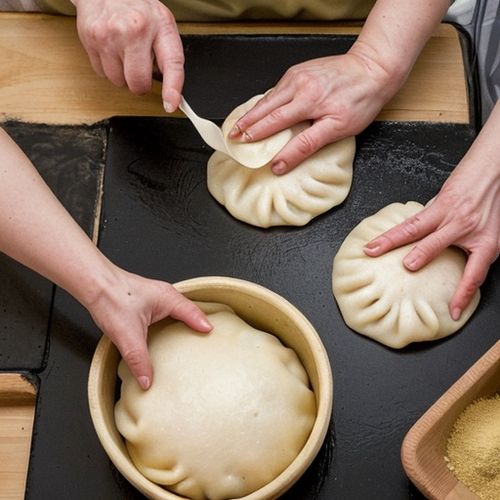
By Christopher Harris/May 10, 2025
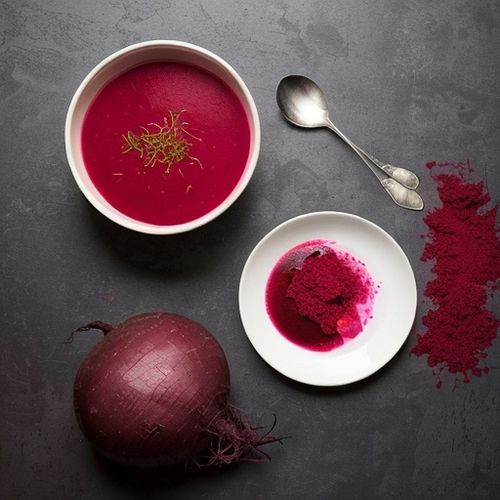
By James Moore/May 10, 2025
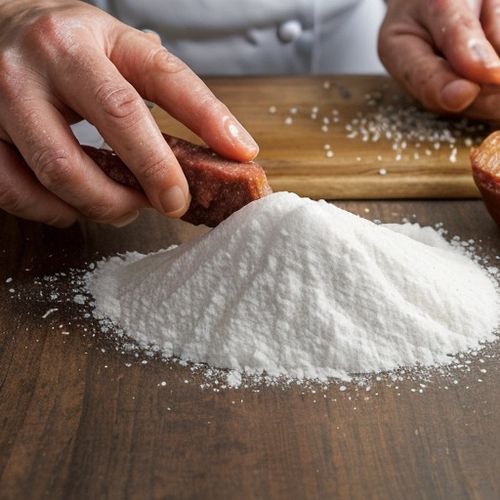
By Lily Simpson/May 10, 2025
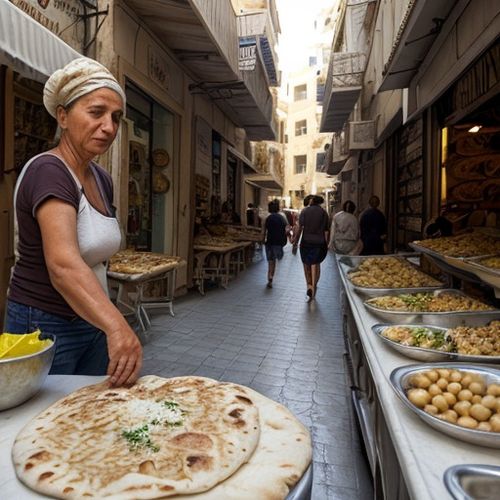
By Ryan Martin/May 10, 2025
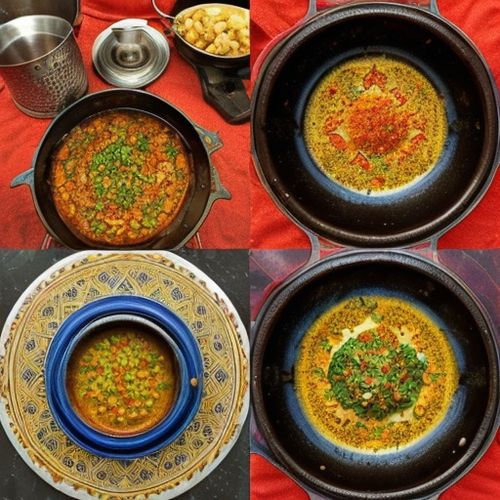
By Lily Simpson/May 10, 2025

By Elizabeth Taylor/May 10, 2025
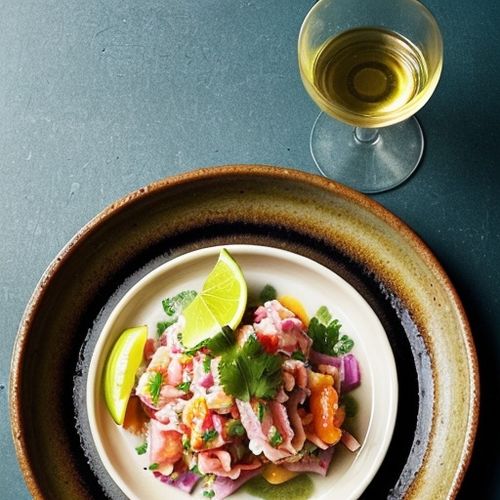
By Emily Johnson/May 10, 2025
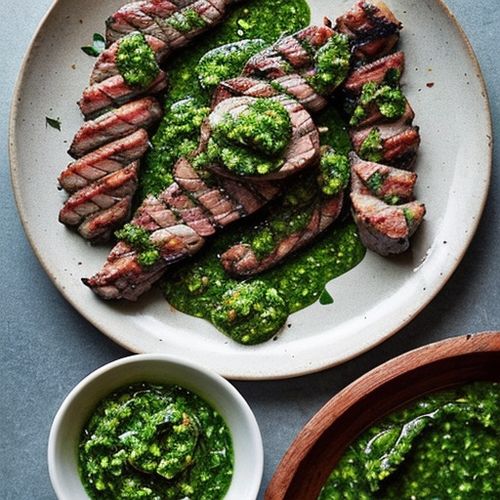
By Laura Wilson/May 10, 2025

By Olivia Reed/May 10, 2025
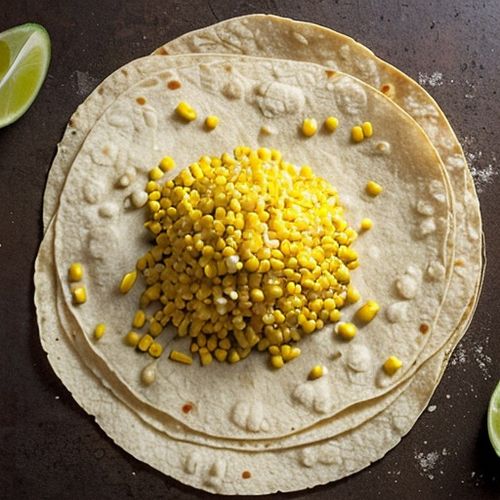
By Sarah Davis/May 10, 2025